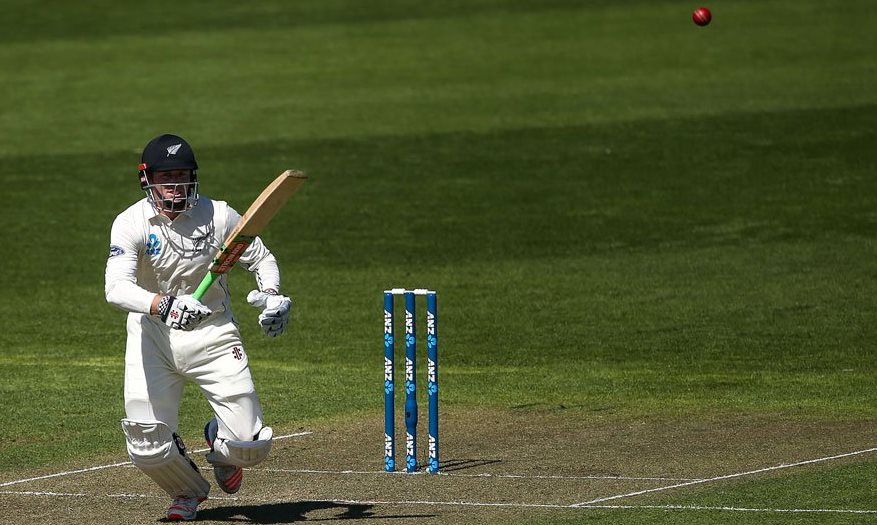The end of the Number 5 Debate
1 At the start of this series there was a lot of talk about who should bat at number 5. There was a lot of people pushing for Guptill to be given the role even though he’s batted only once there (1 and 3) in the last six years. Until he got injured.
At the start of this series there was a lot of talk about who should bat at number 5. There was a lot of people pushing for Guptill to be given the role even though he’s batted only once there (1 and 3) in the last six years. Until he got injured.
Brownlie was mentioned, until he got injured, and the Colin Munro fan club is a really noisy one.
It seemed strange really; Nicholls had scored 98 in his previous test, and had returned to the Ford Trophy in the form of his life.
That debate ended today.
It was not an easy time for New Zealand to start their innings at all. The pitch was green, the ball was swinging, the outfield was soft and damp, and this was South Africa.
The first three wickets to fall were as a result of this, and not through any poor technique or batsmanship. You have to feel for Neil Broom. After 14 years he finally made his test debut, to face four brutes of deliveries from Rabada, topped off by an outstanding catch from de Kock.
So, at 11:45 Nicholls walked out to bat with his side at 21/3. He looked confident from the start, and along with Raval who was seemingly in complete control, started the long fightback. Risks were kept to a minimum; this was an hour of quality test batting against a quality line-up.
This lasted until Maharaj was introduced in the last over before lunch when Raval inexplicably had a major concentration fade. A knick wide of slip, a play and miss, then out. He did not need to play at any of them.
Soon after lunch Maharaj, in his second over, had another one as Jimmy Neesham walked past a straight delivery. It’s one thing losing a cluster early in those conditions against one of the finest fast bowling trios to tour here, but you can’t blame a first day green top on wickets falling to a spinner not turning it.
How the spinners ended up taking 6 wickets on Day One on that pitch will probably always remain a mystery.
The good work had been undone; New Zealand was 101/5 and it looked like it was going to be another 180ish first innings total like it was against Australia last year and India in 2014.
This brought Watling in to join Nicholls, and feature in yet another century 6th wicket partnership at the Basin. While Watling never looked that comfortable, relying on grit for his runs, Nicholls grew in confidence and class as the innings wore on.
He used his feet to the spinners (helped by bizarrely negative field placements), and worked around the quick bowlers with a mixture of patience and judicious aggression, including calculated ramp shots over the slips.
As he approached his century after tea there were whispers in the crowd that this was a dangerous time. After all nerves had clearly taken over when approaching the same milestone against Bangladesh. There was none of that here; running Rabada to third man then pulling him for consecutive fours to bring up his maiden test century.
It was an innings that made a statement that he belonged at this level able to modify his style depending on the bowling and the state of the day.
The shame was that a lot of his good work unfurled later as Duminy ran through the tail. The most frustration of these wickets was Colin de Grandhomme, random defensive selection to start with, had a fourth ball slug at Duminy.
That was odd; the fact he later opened the bowling was odder. But nobody thought he would snare a wicket.
It was a day of test cricket with all sorts of unforeseeable twists and turns that saw honours pretty even. At least one part of the New Zealand batting order looks settled now.

[…] like yesterday the bowling captain adopted strangely defensive fields. Some may argue that boundary riders when Wagner is digging it in short are actually in catching […]